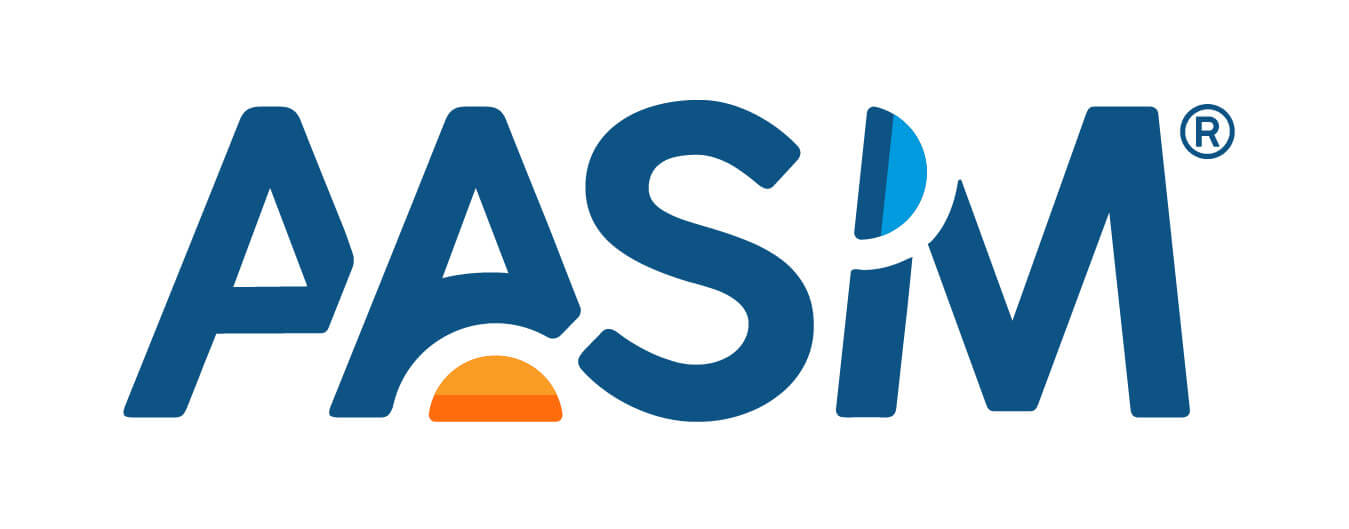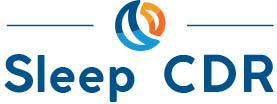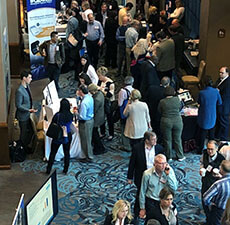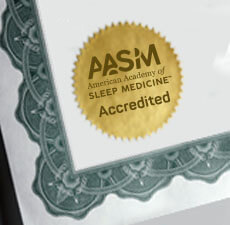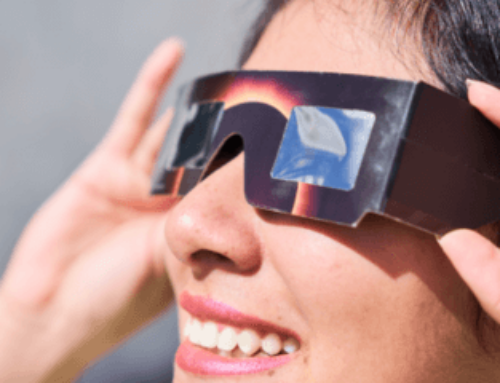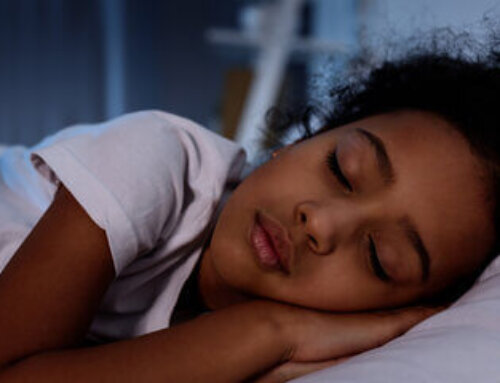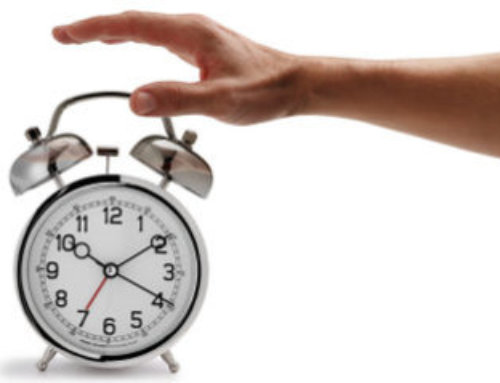FOR IMMEDIATE RELEASE
CONTACT: Lynn Celmer, 630-737-9700, ext. 9364, media@aasm.org
DARIEN, IL – A new study suggests that night owls are more sedentary and feel that they have a harder time maintaining an exercise schedule.
Results show that later sleep times were associated with more self-reported minutes sitting, and sleep timing remained a significant predictor of sedentary minutes after controlling for age and sleep duration. However, people who characterized themselves as night owls reported more sitting time and more perceived barriers to exercise, including not having enough time for exercise and being unable to stick to an exercise schedule regardless of what time they actually went to bed or woke up.
“We found that even among healthy, active individuals, sleep timing and circadian preference are related to activity patterns and attitudes toward physical activity,” said principal investigator Kelly Glazer Baron, PhD, associate professor of neurology and director of the Behavioral Sleep Medicine Program at the Feinberg School of Medicine at Northwestern University in Chicago, Illinois. “Waking up late and being an evening person were related to more time spent sitting, particularly on weekends and with difficulty making time to exercise.”
The research abstract was published recently in an online supplement of the journal Sleep, and will be presented Wednesday, June 4, in Minneapolis, Minnesota, at SLEEP 2014, the 28th annual meeting of the Associated Professional Sleep Societies LLC.
The study group comprised 123 healthy adults with a self-reported sleep duration of at least 6.5 hours. Sleep variables were measured by seven days of wrist actigraphy along with sleep diaries. Self-reported physical activity and attitudes toward exercise were evaluated by questionnaires including the International Physical Activity Questionnaire.
“This was a highly active sample averaging 83 minutes of vigorous activity per week,” said Glazer Baron. “Even among those who were able to exercise, waking up late made it and being an evening person made it perceived as more difficult.”
According to Baron, the study suggests that circadian factors should be taken into consideration as part of exercise recommendations and interventions, especially for less active adults.
“Sleep timing should be taken into account when discussing exercise participation,” she added. “We could expect that sleep timing would play even a larger role in a population that had more difficulty exercising.”
The Centers for Disease Control and Prevention recommends that adults get at last 150 minutes of moderate-intensity aerobic activity every week and participate in muscle-strengthening activities on two or more days a week.
For a copy of the abstract, “Early To Bed, Early To Rise Makes Easier To Exercise: The Role Of Sleep Timing In Physical Activity And Sedentary Behavior,” or to arrange an interview with Kelly Glazer Baron or an AASM spokesperson, please contact AASM Communications Coordinator Lynn Celmer at 630-737-9700, ext. 9364, or media@aasm.org
Established in 1975, the American Academy of Sleep Medicine (AASM) improves sleep health and promotes high quality patient centered care through advocacy, education, strategic research, and practice standards. With about 9,000 members, the AASM is the largest professional membership society for physicians, scientists and other health care providers dedicated to sleep medicine. For more information, visit www.aasm.org.
